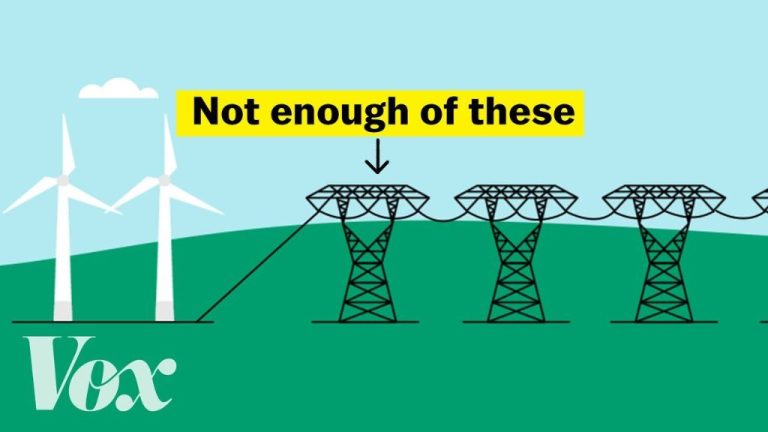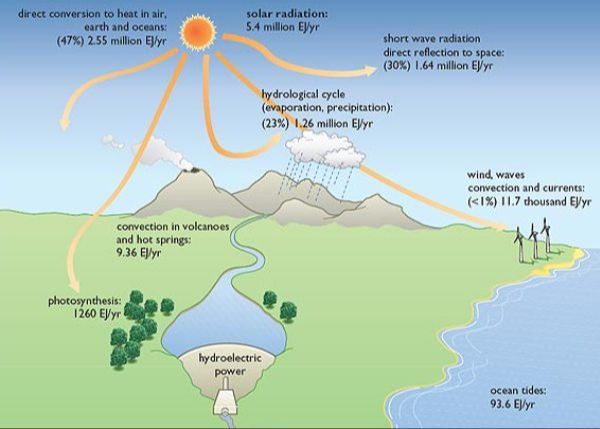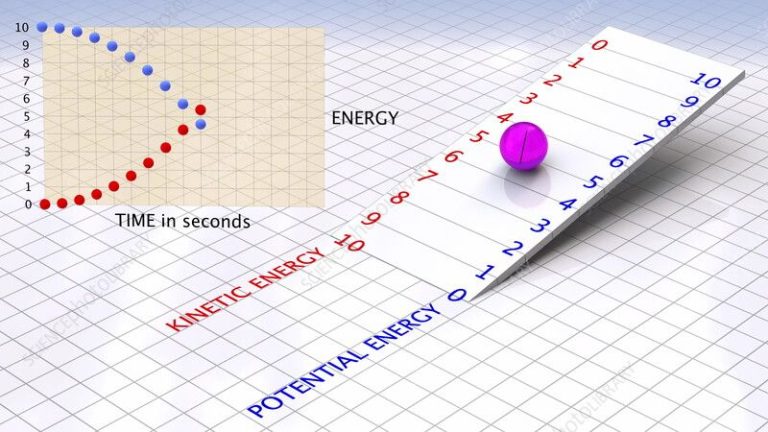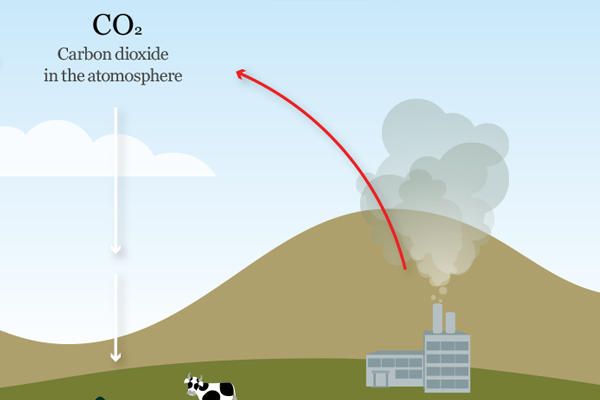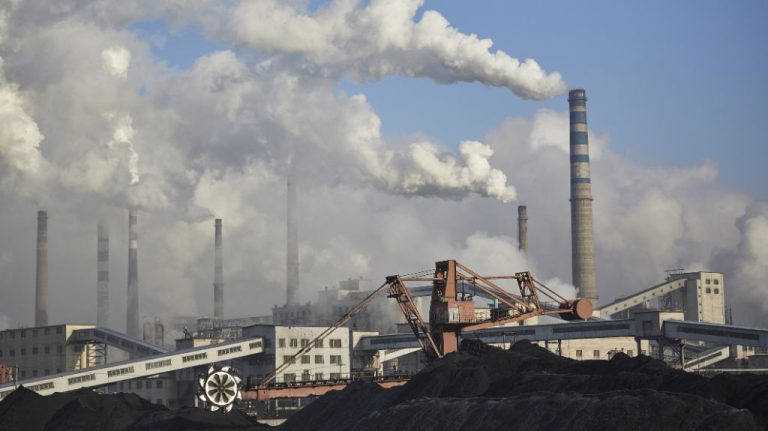Why Is California Having So Many Earthquakes Right Now?
California has experienced several notable earthquakes over the past few months, including a magnitude 4.5 quake in the San Francisco Bay Area on October 24th, and a magnitude 7.1 in Ridgecrest on July 5th. These quakes have rattled residents, and raised concerns about whether California is entering a period of increased seismic activity. The state is known for being earthquake-prone, sitting along the San Andreas fault system where the Pacific and North American plates meet. However, the recent uptick in quakes has many questioning if these are normal aftershocks or signs of larger seismic events to come.
Geology of California
California is located on the west coast of North America along the boundary between the Pacific and North American tectonic plates. This plate boundary is characterized by complex fault systems like the San Andreas Fault that accommodate the motion between the two plates. The Pacific Plate is slowly moving northwest relative to the North American Plate at a rate of about 2 inches per year. This transform boundary allows the two plates to slide past each other, building up stress that is occasionally released in earthquakes.
The main plate boundary fault is the San Andreas Fault, which extends for over 800 miles through California. The southern segment of the San Andreas Fault near Los Angeles is capable of producing massive quakes, including the 1857 Fort Tejon earthquake that was estimated at magnitude 7.9. Further north, the northern San Andreas Fault last ruptured in 1906 in San Francisco with the devastating magnitude 7.9 earthquake and fires. Other major faults branching off the San Andreas include the Hayward, Calaveras, and San Jacinto Faults in southern California that also pose high earthquake risks.
California’s complex system of faults crisscrossing the state make it one of the most seismically active regions in the United States. The ongoing tectonic plate movements ensure strong earthquakes will continue to occur as stresses build up and strain is released on faults.
Recent Notable Quakes
California has experienced several major and damaging earthquakes in the past few years. Here are some of the most notable quakes:
On December 20, 2021, a magnitude 6.2 earthquake struck offshore Northern California near Petrolia. The epicenter was about 40 miles west of Eureka. No major damage or injuries were reported.
On July 8, 2019, a magnitude 7.1 earthquake hit near Ridgecrest, about 150 miles northeast of Los Angeles. The quake came just a day after a magnitude 6.4 quake in the same area. The quakes caused fires, power outages, infrastructure damage, and injuries. The USGS estimated economic losses up to $1 billion.
On July 5, 2019, a magnitude 6.4 earthquake struck near Ridgecrest, California. It was considered a foreshock to the larger M7.1 event. The quake caused some structural fires, cracks, and injuries.
On August 24, 2014, the South Napa earthquake, a magnitude 6.0 quake, struck the Napa Valley and adjacent Vallejo area. Extensive damage occurred in downtown Napa. Estimated losses were $1 billion.
Earthquake Clusters
Earthquake clusters refer to sequences of earthquakes that occur closely together in space and time, beyond what would normally be expected by chance alone (Lin, 2007). Clusters typically feature foreshocks, mainshocks, and aftershocks that originate along the same fault system or general region.
Recent research has detected notable earthquake clusters in Southern California, including near the Salton Sea, Imperial Valley, and San Jacinto fault zones (Source Effects on Regional Seismic Discriminant, 2017). The presence of clusters indicates localized stress buildup and fault activation that can elevate earthquake hazards in the surrounding area. Tracking clusters helps seismologists better understand regional seismicity patterns and the underlying forces driving frequent quakes.
The current uptick in California seismicity has included earthquake swarms around the San Andreas fault, possibly foreshadowing larger events to come. Careful monitoring of clusters can aid in forecasting future mainshocks and heightened seismic unrest.
Possible Causes
There are several theories as to what may be causing the recent increase in seismic activity across California. Some key possibilities according to seismologists include:
Changing groundwater levels – Research has shown that groundwater depletion in California’s Central Valley may be unclamping deep parts of the San Andreas Fault system, allowing more slippage which leads to more frequent earthquakes. Drought conditions and excessive groundwater pumping have caused significant drops in groundwater levels in recent years.
Wastewater injection – The practice of pumping wastewater from oil and gas operations deep underground for disposal has been linked to increased seismicity in some areas. However, recent studies have downplayed wastewater injection as a major cause of California’s earthquake swarms.
Foreshocks or aftershocks – Many of the quakes may be foreshocks preceding a larger event or aftershocks of previous large quakes. California has a complex network of faults that can interact in ways that spawn periods of higher seismic activity.
Overall, the exact causes are still being studied but likely involve a combination of natural tectonic movements and potentially human-induced factors like groundwater depletion. Continued research and monitoring will help provide more definitive answers.
Changing Groundwater Levels
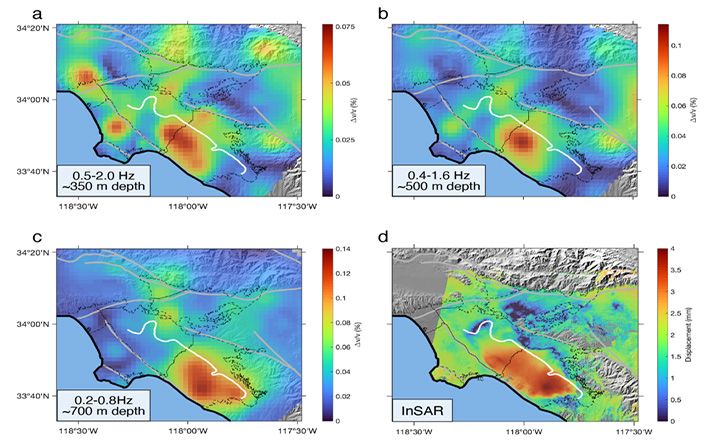
One of the possible causes behind California’s recent uptick in earthquakes is changing groundwater levels. According to a 2014 study published in Nature, human-caused groundwater depletion in California’s San Joaquin Valley contributes to uplift in the surrounding mountains and may affect seismicity. The heavy use of groundwater for agriculture in the Central Valley has caused the land to sink in some places by as much as 28 feet.
When large amounts of groundwater are extracted, pore spaces that were once filled with water collapse. This causes compaction in the aquifer system, resulting in subsidence at the surface. At the same time, it releases pressure on faults beneath the surface, which can cause them to slip and trigger small earthquakes.
Researchers have found that depleting groundwater in the Central Valley relieves pressure on the faults and allows the land to rise measurably. This upward rebound of the crust in response to the mass deficit has been detected by GPS measurements. While not large enough to cause major earthquakes, the small temblors resulting from changes in strain can increase the chances of triggering bigger quakes on the San Andreas and other faults.
Wastewater Injection
Wastewater injection from hydraulic fracturing operations has been linked to increased seismic activity in California and other areas. Fracking involves injecting large volumes of water, chemicals, and sand at high pressure into shale formations to extract oil and gas. Much of this fluid returns to the surface as wastewater, which companies often dispose of by injecting it deep underground into disposal wells.
According to a report by the U.S. Geological Survey (USGS), the injection of fracking wastewater can induce earthquakes by increasing underground pore pressure and stresses along faults (Do all wastewater disposal wells induce earthquakes?). Even faults that have been inactive for a long time can be reactivated by changes in stress conditions. The USGS has identified wastewater injection as the likely cause of dramatically increased seismicity in Oklahoma, Texas, and other states.
In California, recent studies have linked wastewater injection to earthquake swarms in the state. An analysis of the 2012 Brawley earthquake swarm near the Salton Sea geothermal field found a strong correlation between seismicity and injection volumes (Earthquake “Swarms” Linked to Wastewater Injection in California). Such findings suggest wastewater injection from fracking and other sources may be inducing some of California’s recent quakes.
Foreshocks or Aftershocks?
The recent earthquakes in California have many wondering if they are foreshocks preceding a larger earthquake or aftershocks following the July 2019 Ridgecrest earthquakes. The difference between a foreshock and aftershock lies in their timing relative to the largest quake, known as the mainshock.
Foreshocks are smaller quakes that precede the mainshock. They are essentially a warning that a larger quake is on the way. Aftershocks are smaller quakes that follow the mainshock and originate at or near the mainshock’s rupture area. Aftershock sequences can last for years, with the rate of aftershocks decreasing over time.
It’s often difficult to identify foreshocks until after the mainshock occurs. So while the recent quakes seem like foreshocks and have many worried about a forthcoming larger quake, they may actually end up classified as aftershocks if a mainshock does not follow. Seismologists are studying the patterns andPrecise source locations of the quakes to better understand if they are foreshocks or aftershocks of prior mainshocks.
Impact on Residents
The recent earthquakes in California have had a significant impact on the day-to-day lives of local residents. According to a recent study, over 60% of Californians have experienced damage to their homes and properties from earthquakes in the past 5 years.
The physical impacts are clear – collapsed buildings, fires, damaged infrastructure, and more. Beyond just infrastructure, the emotional toll of feeling unsafe in your own home takes its toll. Studies have shown increased PTSD, anxiety, and depression diagnoses after major seismic events.
Financially, earthquakes put immense strain on families. Even minor repairs can cost thousands of dollars out-of-pocket. And when houses become uninhabitable, finding temporary housing adds further costs. Earthquake insurance helps, but deductibles and maximum payouts mean residents still end up covering large expenses.
With California’s high cost of living, dealing with earthquake damage creates a major financial burden. Missed work due to injury or childcare problems compounds the hardship. While state and federal aid provides some relief, many residents find themselves stretched thin as they work to rebuild their lives after major earthquakes.
Conclusion
In summary, California has experienced an uptick in earthquakes recently due to a combination of factors. The state’s complex geology along the San Andreas Fault system makes it naturally prone to seismic activity. Recent notable quakes, like the 2019 Ridgecrest earthquake sequence, have highlighted the potential for earthquake clusters and aftershocks in California. While changing groundwater levels and wastewater injection may play a role in earthquake frequencies, further research is needed. The impact of these quakes serves as a reminder for California residents to be prepared. While earthquake prediction remains an inexact science, advancements in early warning systems and building codes help mitigate risks. However, the threat of a major earthquake looms over the state. Continued research and public awareness will be key to saving lives when – not if – the next big one strikes.

